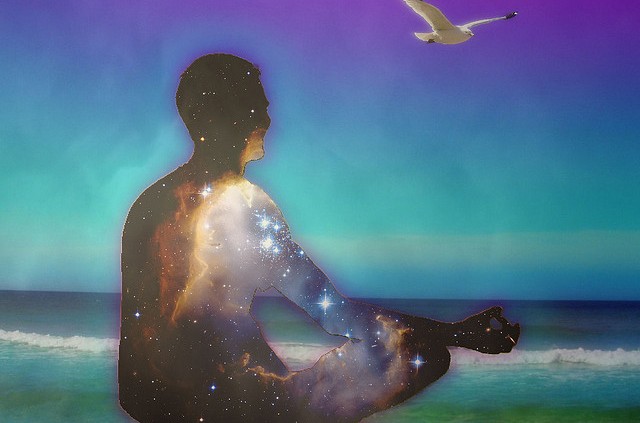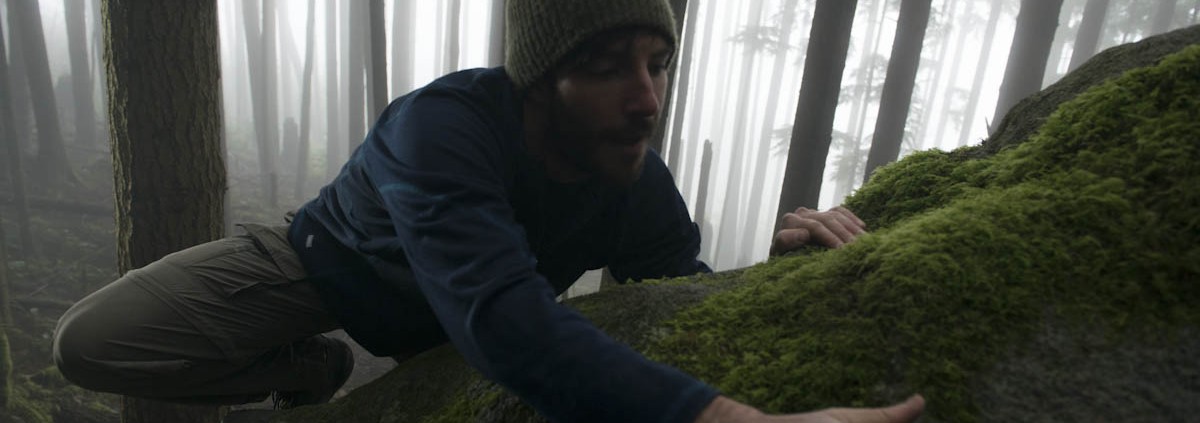Demystifying Meditation: The Three Basic Types of Meditation
What’s the deal? What is meditation, anyway? I’ve been working on a short E-guide which I’ll be publishing in the next few weeks here called “How to Kickstart Your Personal Meditation Practice.” Writing this has made me realize that there isn’t a wide understanding about what meditation is. Of course, it’s a vast topic, and at the same time it’s supposed to be the simplest thing there is. Just sitting? This should give some basic insight into what’s going on up there when we’re quiet.
Meditation activates (and deactivates) a variety of brain regions, and different kinds of meditation actually do different things. I’m not going to get too deep into the neuroscience, but I want to describe the three main types of meditation. Nearly all styles and traditions of meditation fall into one of these categories, or bridge more than one of them.
Presence
Presence meditation is all about developing attention and concentration. It often involves the breath or focus on a single object. It might be called “present-moment awareness,” “anapanasati” or “attention-focusing” meditation. This is a hugely helpful technique to practice, as it brings awareness and concentration to all our actions.
Presence meditation is also the foundation for most other meditation techniques. Before delving into the mind or emotions, we must be able to pay attention to what we’re doing. This doesn’t mean it should be discounted as less advanced than other techniques — some people practice exclusively presence meditation, and it is extremely rewarding. It might be the best tool we have to fight against the attention-drain caused by all our devices and tech.
Perspective
What is the mind? Perspective meditation includes all techniques that involve observing one’s own mind. This means watching one’s thoughts, cultivating an understanding of how and why they arise and pass away, and beginning to see through the illusions the mind creates around us. This is also called “meta-cognition,” which is an awesome word.
The more perspective we gain on the self, the more we understand that the ego is a construct of the mind, and not something which truly separates us from the rest of the universe. This style of meditation moves us toward an experiential understanding of the oneness and interconnectedness of the universe. It can be a bit heady. With regards to achieving traditional enlightenment, this is probably the fastest route (but don’t expect to get there in this lifetime!).
Affective
Affective meditations focus on developing certain positive qualities or thoughts. The most common forms are “loving-kindness” or “compassion” meditations. It is less about achieving a transcendental state and more about cultivating a life that’s worth living while we’re here. It is an extremely effective method for training our emotions and generally feeling good about life.
Affective meditations typically involve some kind of visualization, which allows us to experience certain feelings, such as love and gratitude, and strengthen the neural networks that are responsible for them. This brings those experiences to the fore, integrating them into our lives as a whole. Compassion is the most common elevated experience we practice through affective meditation, as it is universally perhaps the most valuable characteristic we can possess. Theoretically, you could practice any emotion, though.
Each meditation style affects the brain differently, lighting up different brain regions under fMRI. By activating those regions, the neural networks become more dense and used to working together. This brings the lessons we learn while meditating into the rest of our lives. It is a slow process, and the results are often not tangible, but if we are committed to the practice, they are undeniable.
Only with regular practice over a long period of time do we begin to notice that we are less stressed, more open and compassionate, and more understanding of our own thought processes and emotions. Just because meditation is hard doesn’t mean we shouldn’t do it — in fact just the opposite. As any meditator will tell you, a consistent meditation practice is one of the most important things we can do with our time and energy.
If you’d like to get going on your own meditation practice, keep an eye out for the E-guide I’ll be publishing here in a few weeks. Or just take a few minutes to sit quietly and see what happens! It’s amazing what the brain will do.




